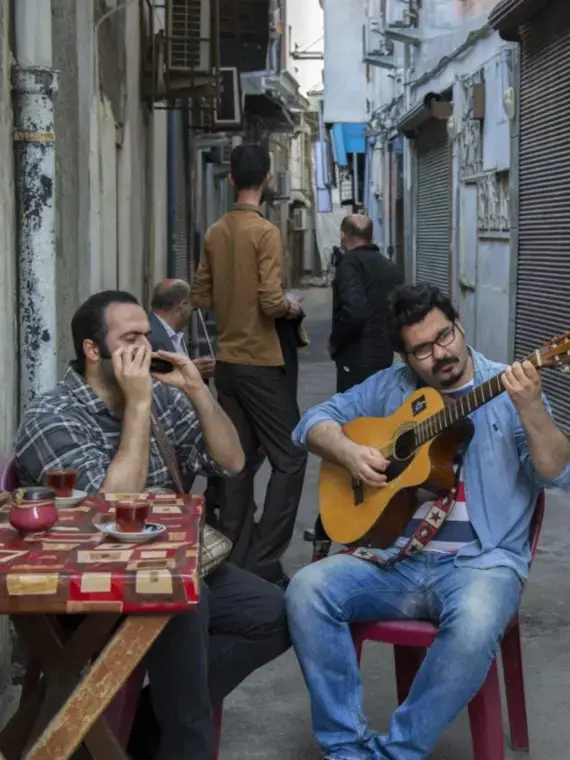There are far more threats to society caused by the COVID-19 pandemic than are immediately apparent from the surface or what we see in today's media coverage. Ordinary workers and small business owners in less developed countries such as Iran place themselves on the front lines every day without access to proper protective equipment such as masks, and gloves. They face great penalties for doing so since the alternative is the grave. "Walking on a Blade" is a photographic project by NVP Images that seeks to illuminate the less-traveled road and offer a glimpse into the lives and daily struggles of daily workers in five provinces of Iran through the collective work by eight Iranian photographers located in Iran and two editors.
Iran was amongst five of the countries with the highest spread of COVID-19. Iran's government began an official lockdown on March 15, 2020, with a quarantine in place for those who do not exhibit symptoms, but have been exposed to the illness. A quarantine keeps them away from others, so they don't unknowingly infect anyone, and this is the most crucial practice during any disease outbreak.
For a society to collectively and effectively do their part in a pandemic such as this one, governmental financial aid and health support must be available to everyone in need. Moreover, for the past four decades, Iran has been under extensive sanctions and even more in the current Trump era. Iran has seen the highest depreciation of value in its currency, and inflation has gotten out of hand. As a result, workers and small business owners not only suffer from lack of government financial support, but they also have no other source of income and no savings for such rainy days. Therefore, for them, voluntary quarantine and social distancing is not an option.
For the large number of Iranians who live on a day-to-day income, staying home means having no money to pay for essential things such as food. Staying indoors and self-isolation would mean starvation and a bitter end for themselves and their loved ones. Therefore, they must take their lives into their own hands and work to survive, even at the risk of getting infected, spreading the virus throughout society at large, and also getting fined for breaking the quarantine. For them, choosing either path has extreme consequences.
These workers include the millers at the flour mill that produce the essential ingredient used to make most of the food in Iran. The hairstylists that put themselves at risk due to the proximity of their profession. Even the young street performers and musicians that play every day, which are not essential workers, yet they help to raise morale. These individuals have no choice but to do what they do to provide for their families despite the risk to themselves and others.


















